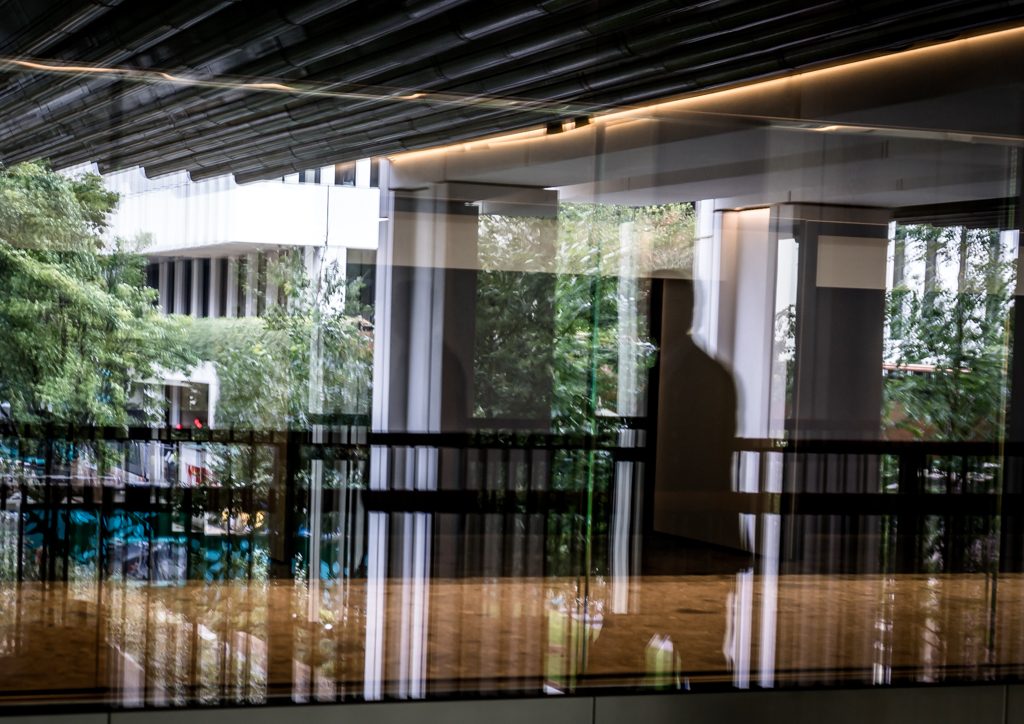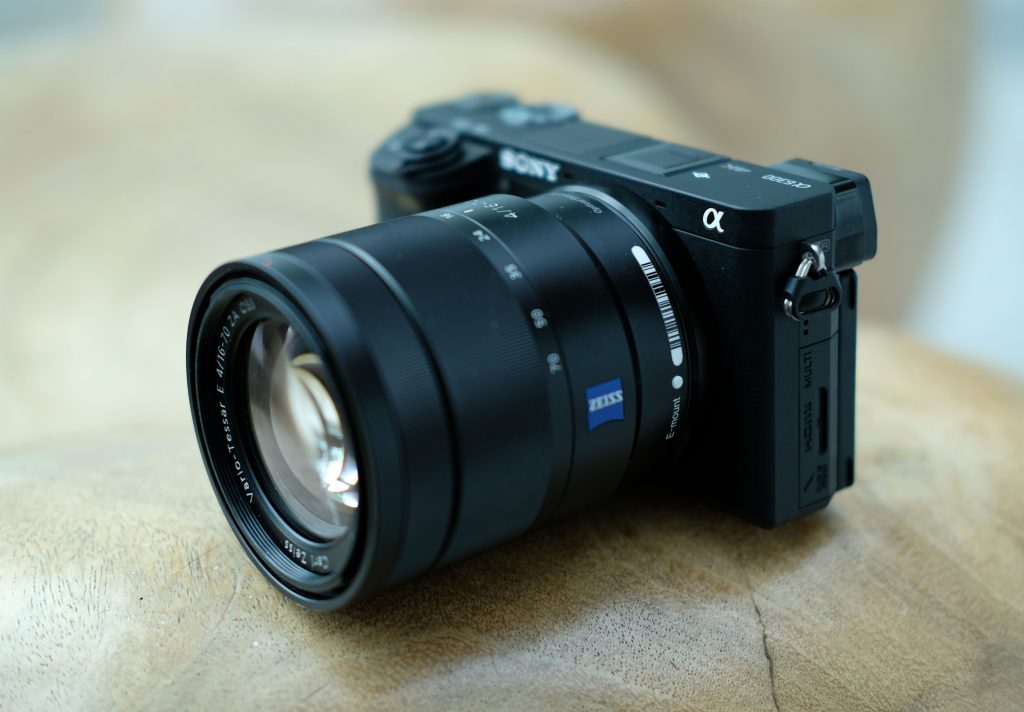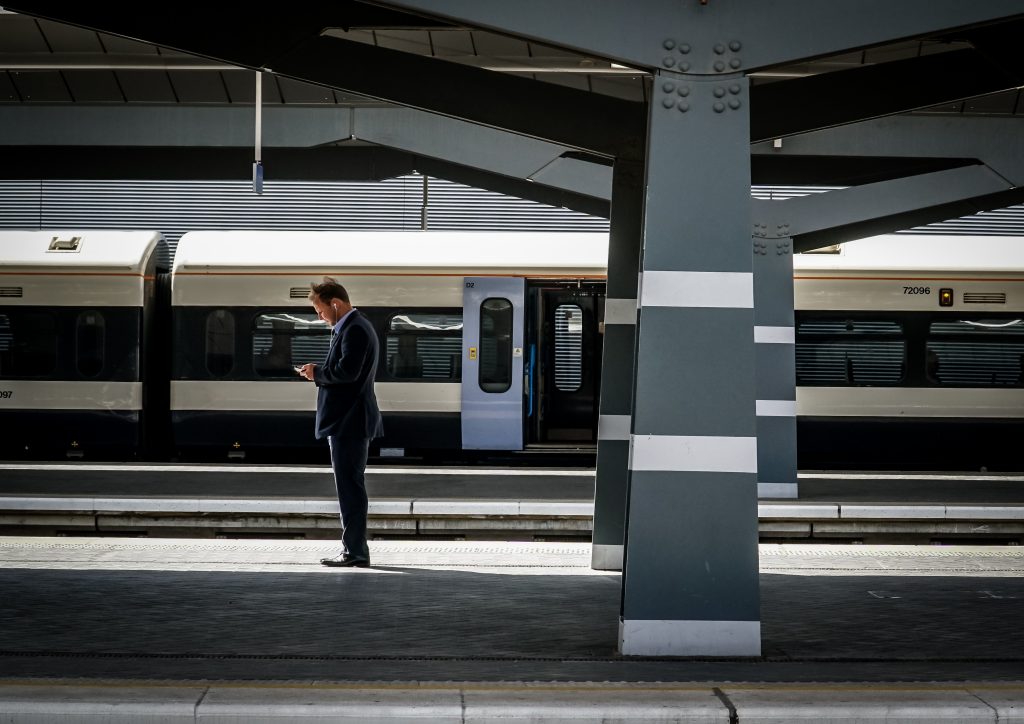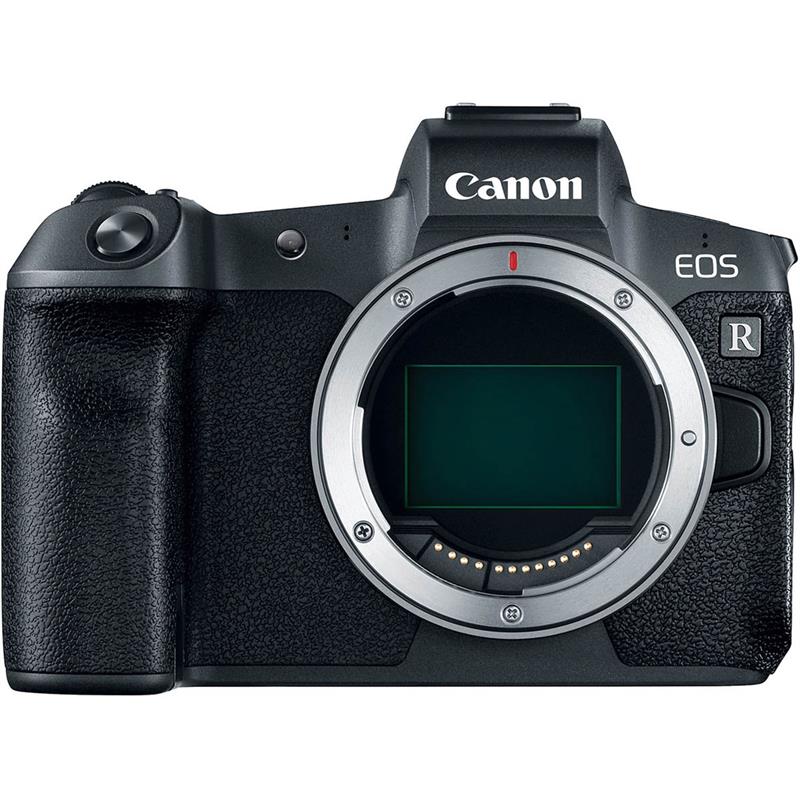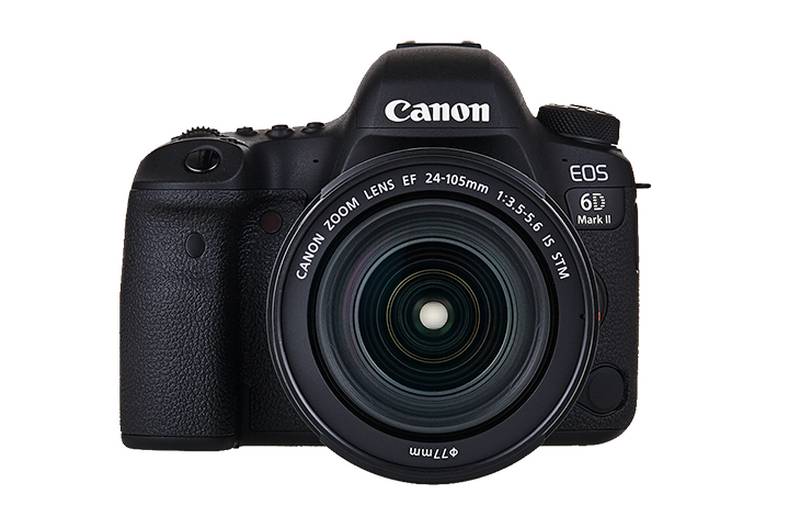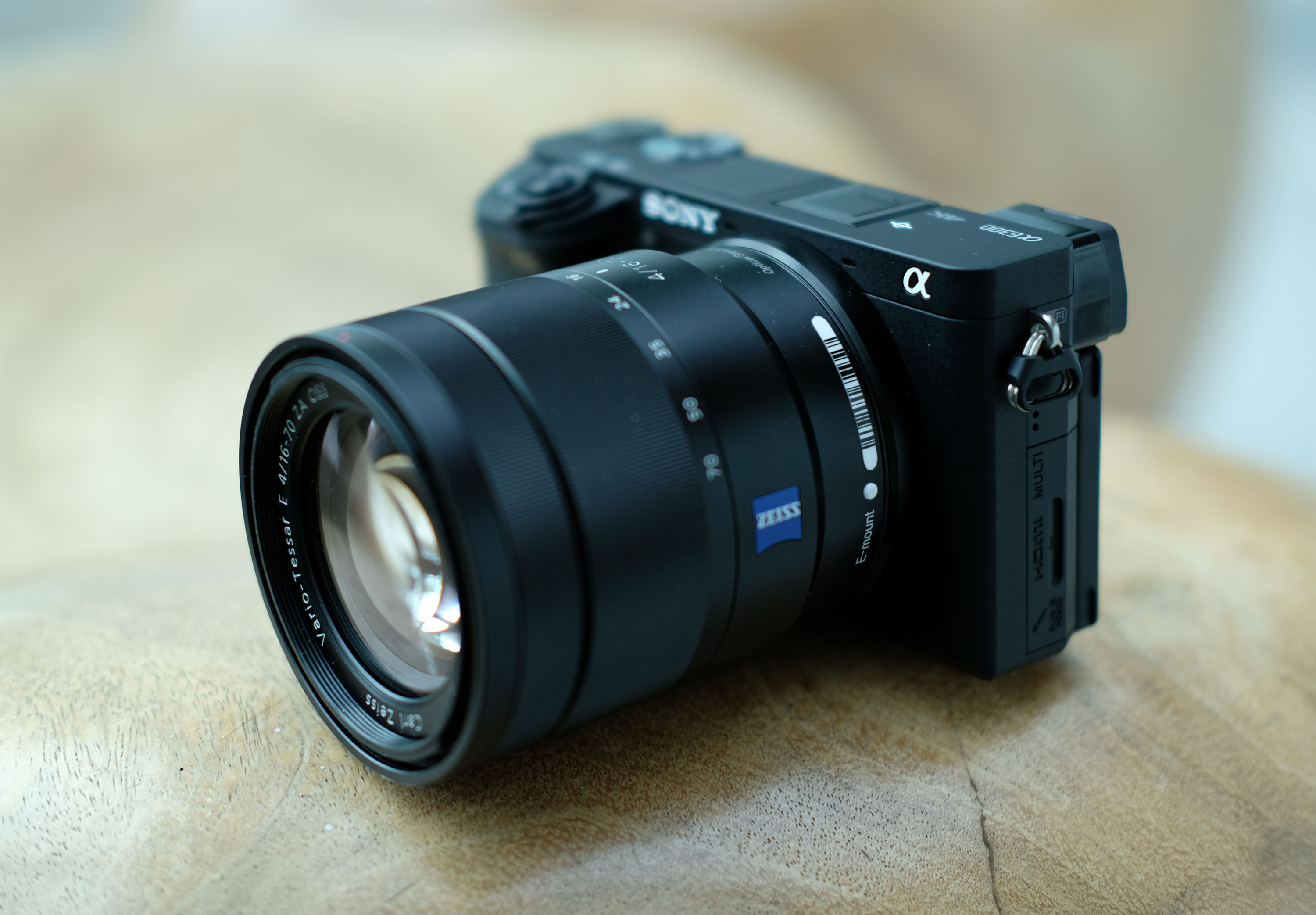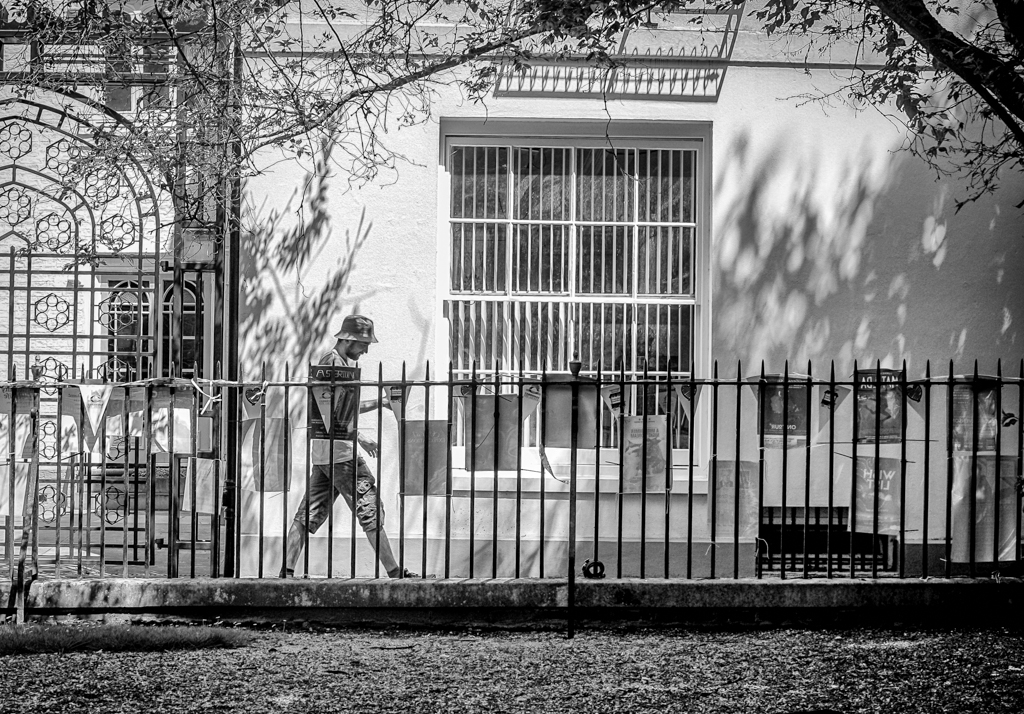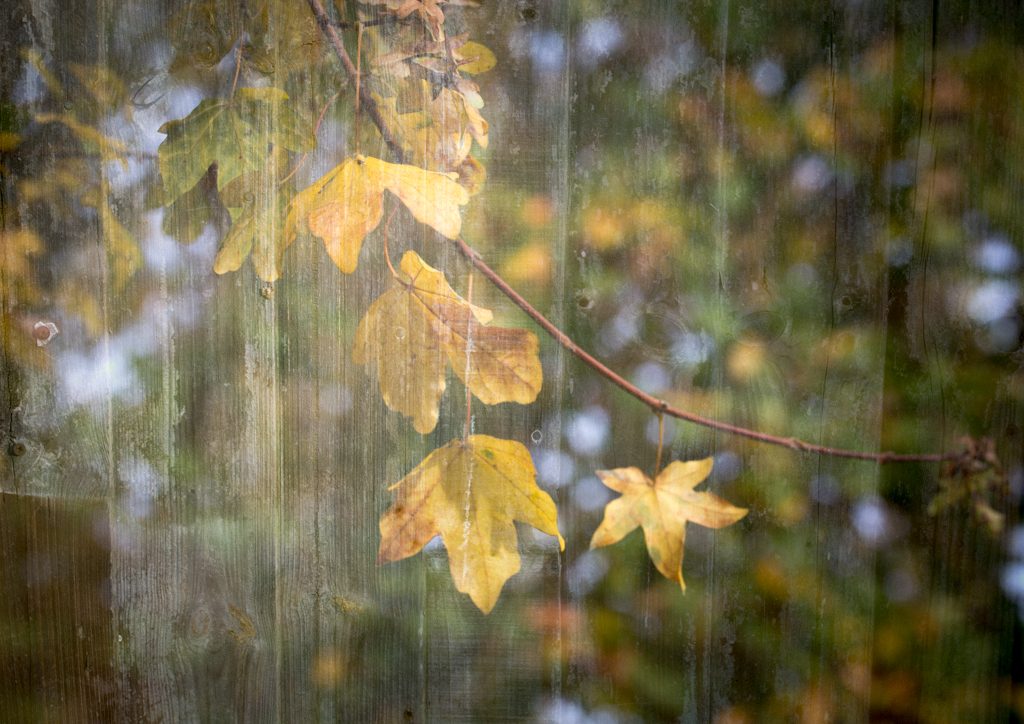
Primitive Multiple Exposure / John Gough /Canon 6D
A week or so ago I attended a Bailey Chinnery workshop in Hastings. The workshop was run by Valda Bailey and Doug Chinnery. It concentrated more on the creative process of photography rather than technical information, and traditional composition etc.
This paragraph from their website sums up their approach:
So it is our goal that these new Creative Growth workshops will have a more intense focus on artistic development. We want to help you open your mind to think with greater freedom, develop your own style, forge your own path. It is our hope that they will facilitate your progress as an artist and you will come away creatively invigorated and inspired.
The workshop I attended was for one day and concentrated on creating abstract images in camera using multiple exposures, and Intentional Camera Movement (ICM). I was interested in using multiple exposures to create background layers in Photoshop. However, I was quickly impressed with the possibilities of creating multiple exposure images as pictures that stood upon their own.
How It Works
I don’t want to go into the technical bits. However, if like me you did not know if your camera even had multiple exposure functionality. Then follow this video:
Multiple exposure photography lays one image on top of another in camera. The camera software averages out the exposure values so that all layers are visible. It requires considerable skill to turn a set of random shots into a meaningful image.
The Creative Possibilities
There are endless possibilities to create shapes, abstracts and impressionist art, as this work by Valda Bailey illustrates.
There is a wonderful ‘in the moment’ quality about photographing a location in this way. Valda Bailey told us that she will spend at least an hour before she picks up her camera. I can understand why. It requires intense concentration to take several images in a sequence that will work together to form a finished photograph.
I have only been experimenting for a few days as you can see from the example at the top of the page. There is more work to do.

